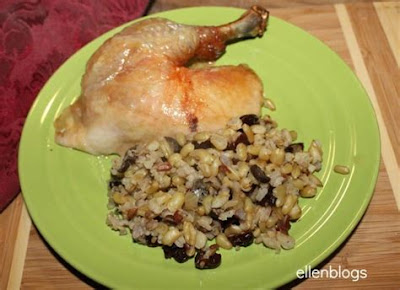(Sugo de Pomodori e Guanciale) This is my favorite pasta sauce and it is used for many dishes including spaghetti, lasagna, canneloni and manicotti. One may add this to a good fish stock as the basis for an Italain fish stew (cacciucco or cioppino). If you want a Pizzaiola Sauce, add a glass of red wine when you add the tomatoes.
This is Elena Mantini’s recipe, my good friend who lives with her family along the Appian Way in Quaromiglio. Now in her 80’s and still going strong. One of the best Italian cooks I know, Elena and her daughter Rosanna help me learn to cook at a young age. She set the bar high.
Sauce is for a pound of pasta
½ Diced Spanish (yellow) onion
¼ cup each of minced carrot and minced celery4
3 Tablespoons of best olive oil
4 Tablespoons of double strength tomato paste
¼ Pound chopped guanciale2 or salt pork
1 Pound of fresh seeded, peeled, ripe San Marzano tomatoes1, chopped
2 Cloves of crushed garlic finely minced
Crushed red pepper or powdered chili
Small pinch of marjoram or fresh marjoram
Small pinch of basil or fresh basil, chopped
Small pinch of shopped rosemary or fresh chopped rosemary
Season with black pepper and salt
Garnish with finely chopped parsley, a dollop of ricotta cheese and sprinkle with grated Parmigiano Reggiano or peccorino Romano cheese.
Sauté onion, celery and carrot and crushed red pepper in olive oil with pork product until onions are translucent. Add garlic and stir. After just 1 minute, add tomato paste and a tablespoon water. Cook on high heat while stirring constantly to allow the tomato paste to caramelize somewhat before adding anything else. This gives the tomato sauce hundreds of different flavor compounds. Now add tomatoes and the rest of the spices. Cook covered thirty minutes on medium low stirring occasionally to prevent burning. Remove lid and cook on very low to reduce liquid. Correct seasoning with fresh ground black pepper. Serve over very hot pasta and garnish.
Variation of this recipe includes using pork neck bones, venison sausage, or coarsely chopped Italian sausage. Use caraway seed with venison and use finely crushed Star anise or anise seeds with Italian sausage recipe. Variations to garnish include substituting basil for parsley or a combination of both and Pecorino Romano for the Parmigiano Reggiano cheese.
Pasta choices I favor include spaghetti, fettuccine, vermicelli, mostaccioli (large penne), campanelle (fluted bells), orecchie (ears), rigatoni (tubes), penne rigate (diagonally cut cylinders with ridges) or conchiglie (shells). Elena always served just spaghetti.
Note:
2. Guanciale has become quite popular and increasingly more available outside of Italy. Guanciale is the cured meat from the jowl (“guancia” in Italian) of the pig or sometimes boar. The meat is cured with salt, pepper, hot pepper and sometimes sugar for a month. After hanging for another month, the Guanciale is ready to be consumed. Guanciale is a fundamental flavor for many of the dishes of the Lazio region (Roman food) especially sauces including Amatriciana, and Carbonara. Guanciale replaces pancetta in any recipe for a bolder flavor. See page for Homemade guanciale.
3. This caramelization is a Maillard reaction (a chemical reaction between an amino acid and food sugars.) The temperature necessarily needs to be above 305 F and water retards this reaction. In Italian, soffriggere means to brown so the ingredients are also referred to as a soffritto.
4. The combination of onions, carrots, and celery are referred to is America as the “aromatic vegetables” and as a mirepoix (mir-pwaah) by the French.
















